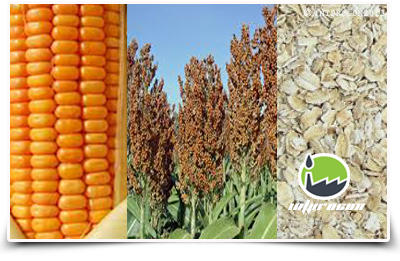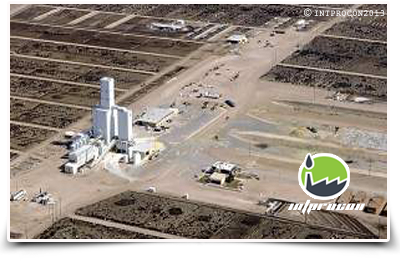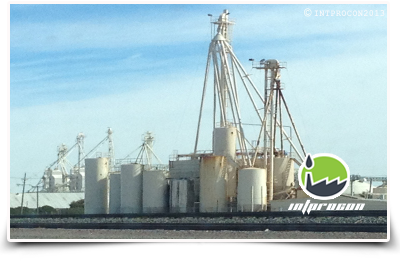FLAKING MILL PLANTS
General information
The flaking grains process consists of the gelatinization of complex starch cells with the addition of temperature and humidity, guaranteeing the breaking of the grain and the matrix of the protein. This process guarantees the digestion of the starch by the animals, who convert the insoluble starches into digestible sugars. It can be said that digestion begins before the final product enters the digestive system of the animal.
As a result of this process, the animal is able to process the sugars in a faster and more efficient way, thanks to the fact that the Flakes has improved the digestibility, resulting in a greater conversion between the amount of food and weight gain.

MOST SIGNIFICANT BENEFIT OF FLAKING
In the case of steamed corn, at least 95% digestibility is obtained. In addition, another advantage of flaking is that during the development of the process grain losses are almost zero, resulting in an improvement in the profitability of the process.

GENERAL DESCRIPTION OF THE PLANT
The Flaking plant is composed of the following elements:
If you need more information about our solutions
Fill out the form and we will assist you as quickly as possible.

Flaking mill plants are a viable solution for livestock producers who need to feed animals in stables or feed lots, and require optimal results in fattening, avoiding differences in weight gains in animals and obtaining a uniform weight gain in the herd.
The use of the grain allows it to combine with other protein and energy sources and thus obtain a more nutritious food, reducing the decline in the critical periods (winter / summer) and guaranteeing an effective return of the investment.
Why choose Our Plants?
Our customers choose this type of plants because:
